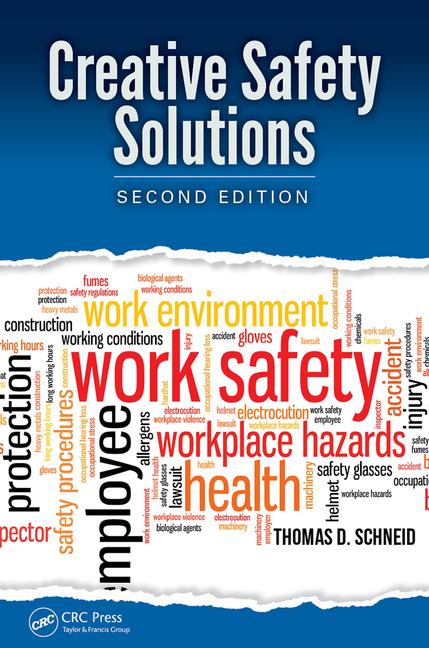Once we understand that we will all experience fatigue, and some of us in drastically different ways than others, we can then begin the journey to create multiple layers of protection against the potentially devastating effects of fatigue in the workplace.
So, where are your circadian rhythms at 4 a.m.? For most of us, they are nearing the lowest point regarding alertness. Many other biological systems are slowed down and other systems (like those that put us to sleep) are at their highest. Our human machine just wasn’t designed for working through the night. While some of us are night owls and like to stay up late (and sleep in when we can), we still aren’t fit for staying up all night. So, how do we deal with the challenges of working night shifts? Do we just caffeinate and tough it out? That has been the practice for many years and hasn’t eliminated fatigue. One way to begin to consider how to manage and mitigate is to consider countermeasures that incorporate people, process and technology.
Through a systematic process such as a Fatigue Risk Management System (FRMS), we can understand the source of the challenges better and put in place the countermeasures to mitigate the possible negative outcomes and significantly minimize risk. This is the first in a series of web exclusive articles that will mitigate the chance that fatigue leads to a negative outcome.





